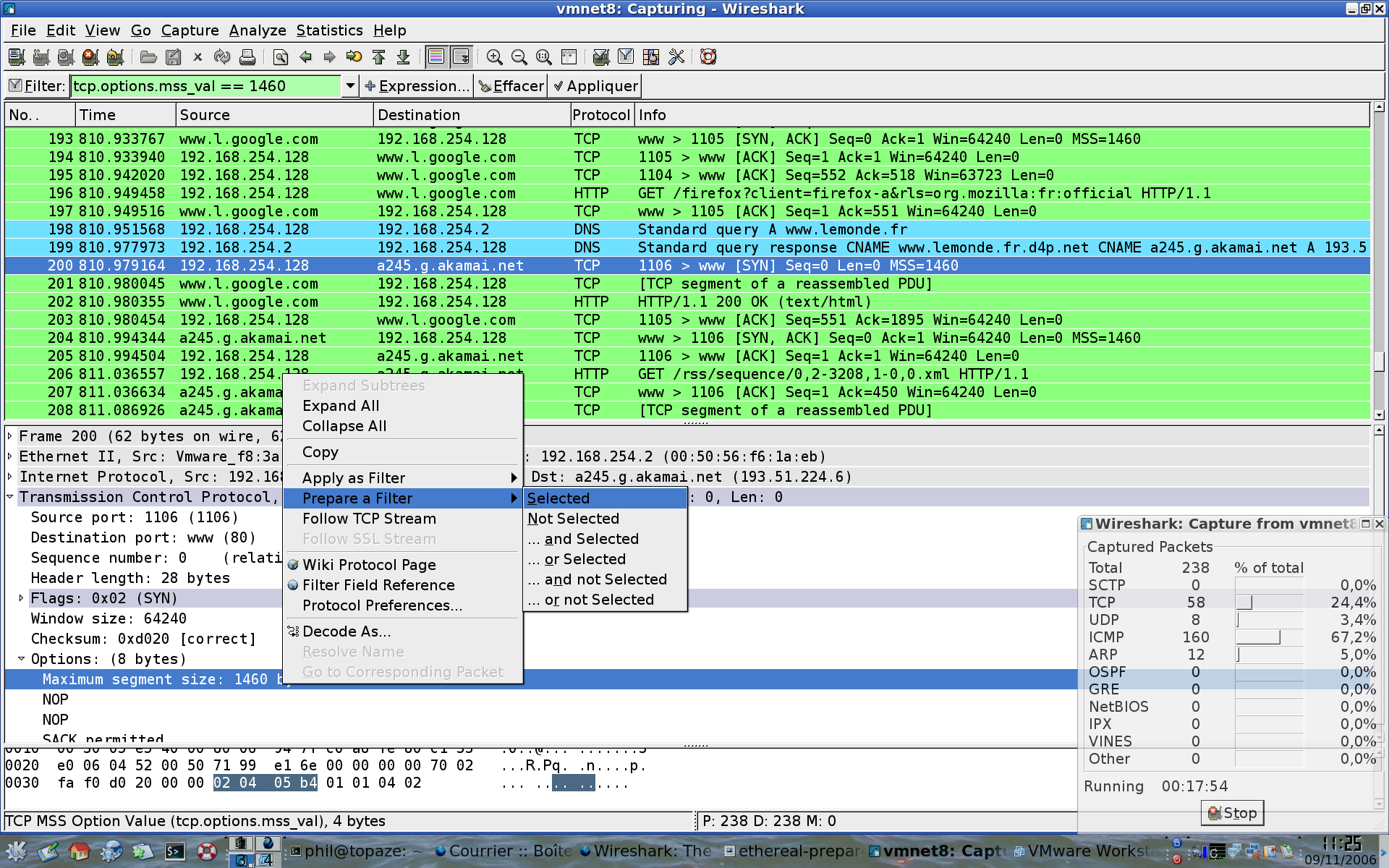

Programs commonly communicate over the loopback port that every Linux (and Windows) server has. If there were other network interfaces on this host, we could have repeated the task there, telling tcpdump which interface to listen on. You’ll note on the output above that tcpdump ran listening on the default interface, eth0. But we’re looking for 2 Resets per second – so that was not it.

It reported one packet over 30 seconds, where a web server tore down its connection from this server via a RST (which is a valid thing to do). all TCP RST packets.)Īnd this clearly showed us… nothing. This is a command to run TCPdump, without name resolution (which can slow it down) with verbose output, to show all packets that have tcp flags, where the tcp-rst bit is set. So – what application got the RSTs? At this point, we could try to look in various log files (hoping the application in question logs this information, and logs it in a place we’d think to look) – or we can just look at the RSTs on the network.Īs this server was a linux box, we’ll use TCPdump – but you can do the same things on Windows with Wireshark. (If you really want to understand all the intricacies of TCP – and there are many, and they are good to understand – I recommend TCP/IP Illustrated, by Stevens – an oldie but a goodie.) OK, maybe that’s not the best explanation – but basically it’s saying that a TCP application sent a SYN to try to open a connection, but got a RST back.
WIRESHARK WINDOWS 10 TRACKING CAPTURE PLUS
The graph line explains (via a mouse over) that it was showing “The number of times TCP connections have made a direct transition to the CLOSED state from either the SYN-SENT state or the SYN-RCVD state, plus the number of times TCP connections have made a direct transition to the LISTEN state from the SYN-RCVD.” A quick look at the graph of TCP connections show this was a new issue: OK – so what is the next step? First thing we did was see whether this was a recent change, or had been going on for a while. This could be caused by incorrect application backlog parameters, or by There are now 2.01 per second failed connections, putting the host in a warn level. Recently, one of our servers in the lab triggered this alert: The host Labutil01 is experiencing an unusual number of failed TCP connections, One relatively common case – an alert about failed TCP connections. Wireshark is legal to use, but it can become illegal if cybersecurity professionals attempt to monitor a network that they do not have explicit authorization to monitor.While LogicMonitor is great at identifying issues that need attention, sometimes figuring out what exactly the solution is can be a bit harder, especially for network issues. Stories abound of network administrators capturing usernames, passwords, email addresses, and other sensitive user data. Most of the Wireshark menu has the standard File, Edit, View, and Capture options. Wireshark can run on Windows and Linux machines.

Wireshark has predefined coloring rules in the Edit menu under Preferences.

Wireshark uses display filters to concentrate on interesting packets while hiding the boring ones. Wireshark shows packet details captured from different network media, breaking down the Open Systems Interconnection model into the data link, network, transport, and application layers. Wireshark is a powerful tool and technically can be used for eavesdropping. Sometimes Wireshark is called a network analyzer or a sniffer. Wireshark is an open-source tool used for capturing network traffic and analyzing packets at an extremely granular level.


 0 kommentar(er)
0 kommentar(er)
